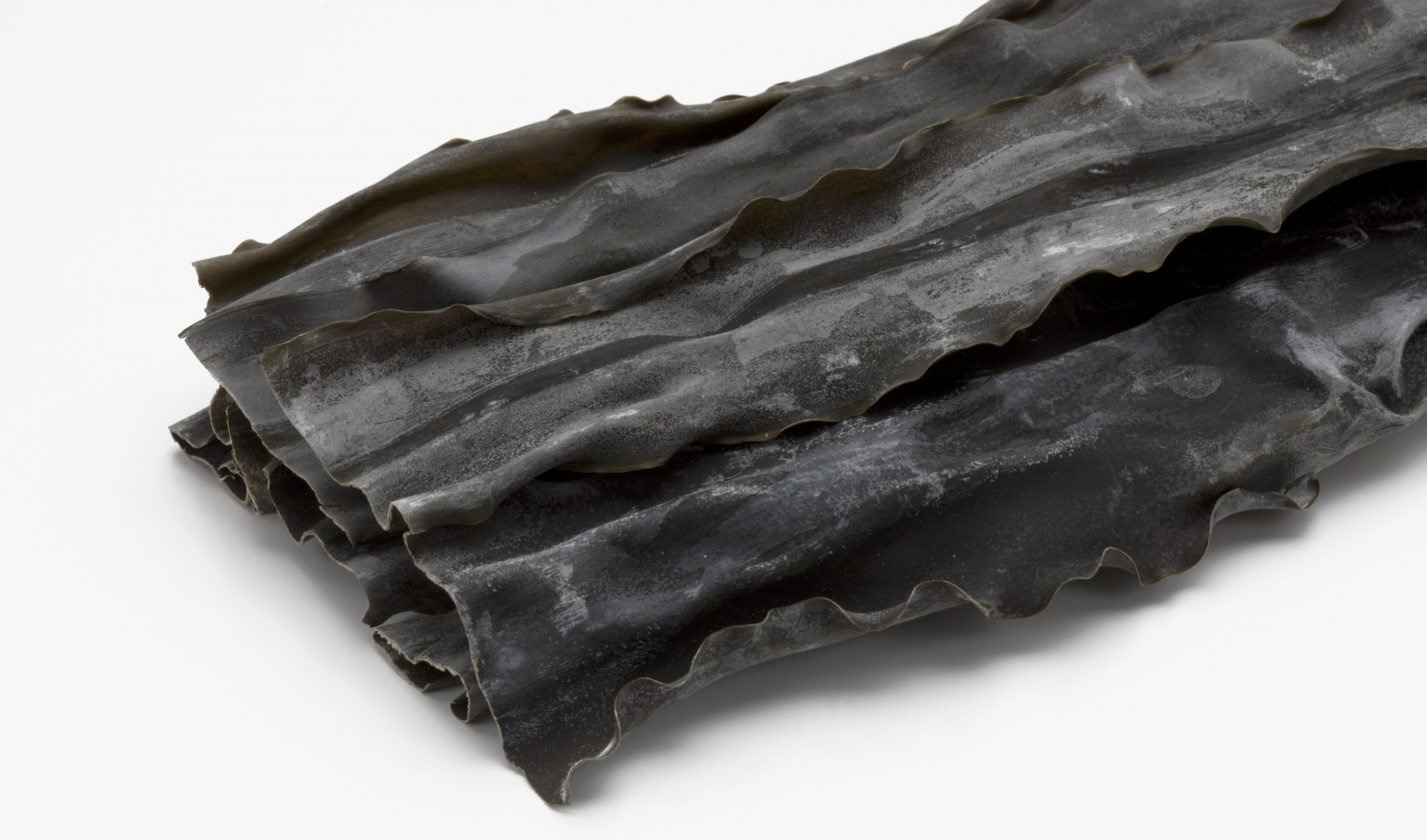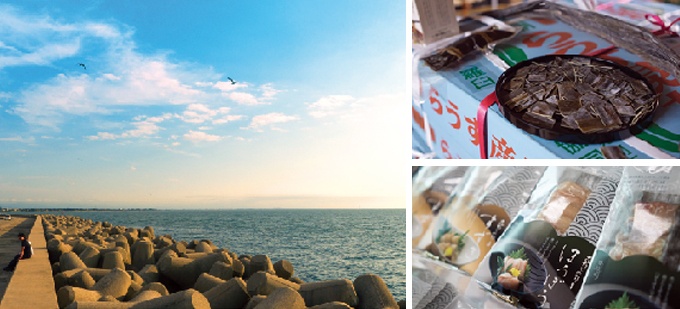Konbu Road: Ancient Route of Kelp & Medicine

In the days when kitamae-bune (bune is Japanese for ship, and kitamae is said to have been a term for the Sea of Japan) swarmed the coasts of the country, konbu was brought down from Hokkaido in great quantities and did much to shape each region’s food culture.
By Highlighting Japan
http://www.gov-online.go.jp/eng/publicity/book/hlj/html/201508/201508_13_en.html
Although some 300 years have passed, that legacy remains strong, and the sea routes used to carry konbu down from the north are known as Konbu Road.
The western branch of Konbu Road ran along the Sea of Japan to routes connecting to Osaka and Kyushu, while the eastern branch plied the Pacific toward Edo (present-day Tokyo). In Toyama Prefecture, a key stop on the road facing the Sea of Japan, residents eat three times more konbu per capita than any other prefecture in Japan. Konbu is also the main ingredient used in dashi soup stock rather than the katsuobushi (skipjack tuna flakes) so ubiquitous on the eastern side of Japan.
https://www.youtube.com/watch?v=L5mGPU6yLDQ&feature=youtu.be
Konbu is harvested in many varieties in the summer in the shallow seas around Hokkaido. Long curls of green sway gently just under the surface, and when the time is right (around two years of growth) strong-armed fisherfolk trawl the sea beds like the Greek god Triton, wielding their pronged staffs, thrusting them into the surf with a twist and hauling up their briny treasures. From there the kelp is dried in the open air under the sun on the shore, just as it has been for centuries, and shipped down south.
Konbu is used in a variety of preparations, from soup stock to tea to kobujime—konbu layered with sashimi. Those wanting to sample the delicacy in a restaurant can find it not far from Toyama Station.
https://www.youtube.com/watch?v=RQkYuaNF42o&feature=youtu.be
“There’s a strong connection between Hokkaido and Toyama,” says Shinichiro Uji, proprietor of Kaze no Kitamae-ya, a restaurant specializing in kobujime and other Toyama regional specialties. The connection is evident in his shop’s name and the blending of Hokkaido-born konbu and local seafood. His kobujime selection offers seven to 10 varieties of seafood depending on the season, and is the special favorite of visitors coming from outside the prefecture that want to savor Toyama flavors. Other local favorites include hotate (scallops) and salmon, as well as a house-original shochu and a konbu-infused shochu made in Hokkaido to drink alongside them.
Though konbu was one of the major products working its way from north to south, the ships also carried a variety of other goods both ways, from Hokkaido in the north all the way to what was called Satsuma Province, at the southern tip of Kyushu. The ships carried news and culture, and Toyama exported rice to other parts of the country.
Another major import/export in the region transported on the ships was medicine from Toyama. The prefecture has been known for what would be called herbal medicine or alternative medicine since the Edo Period (1603-1868). Toyama’s medicine makers depended on the kitamae-bune to import raw materials from all over Japan—and from overseas as well, via Nagasaki. The prepared medicines were dispatched via Konbu Road to distant regions.
The medicines and the traditional medicine makers can still be found in Toyama in establishments like Ikedaya Yasube Shoten, a handsome old business that still uses the traditional ways, importing herbs from around the world, consulting with individual customers about their ailments, and expertly mixing up tailored medicines by hand. The reputation of Toyama as a medicine capital is still strong, says company president Yasutaka Ikeda, with over 70 medicine-related companies still operating in Toyama. The success of the Toyama medicine scene was thanks in part to the kitamae-bune and Konbu Road.




